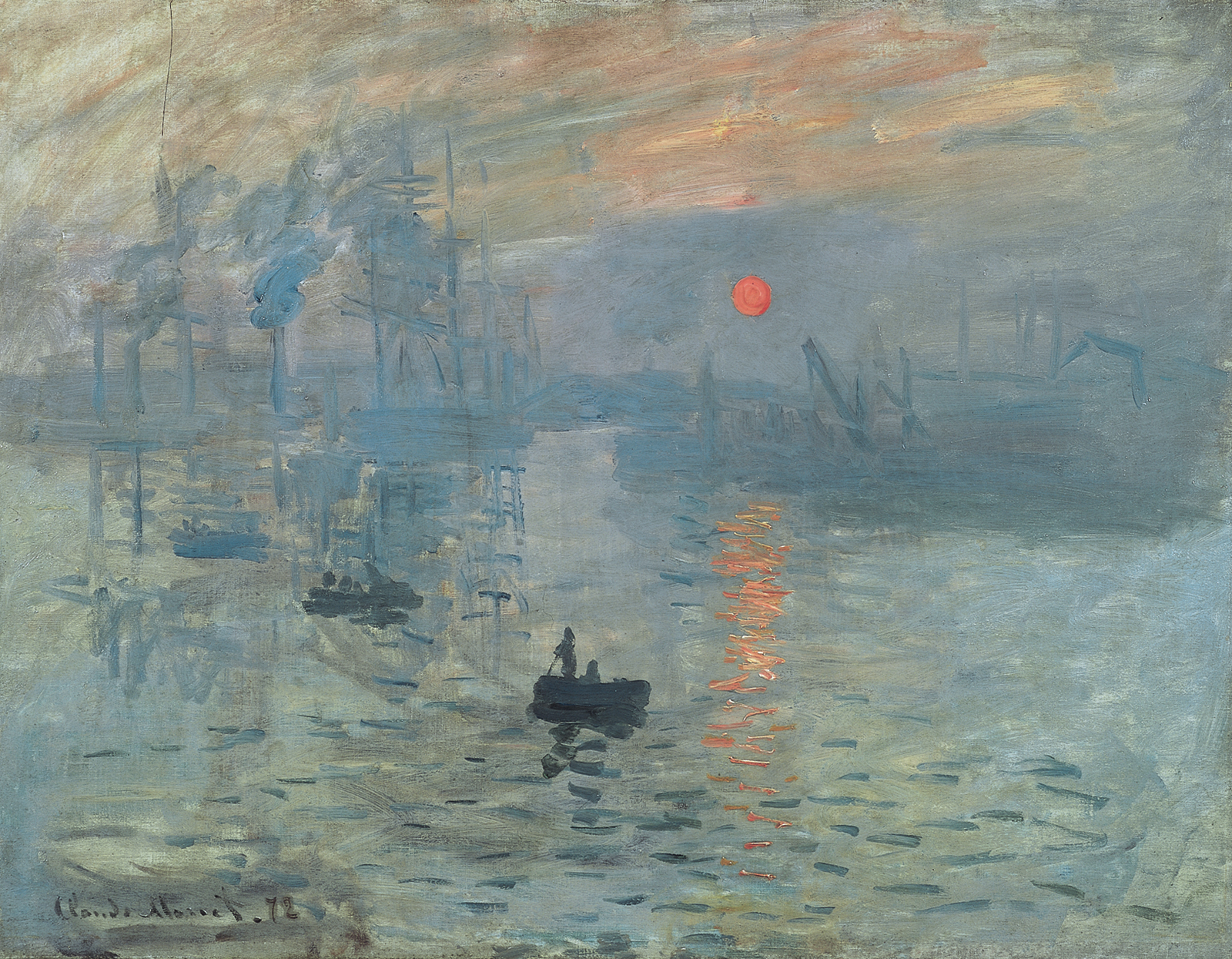Now that the exhibition “STORM WOMEN. Women Artists of the Avant-Garde in Berlin 1910-1932” is coming to an end and we know precisely when, where and by whom the STORM was triggered, there is still one thing that urgently needs explanation: What exactly does avant-garde mean? And what makes the artists of the STORM avant-garde?
a·vant-garde:
French, from Old French: vanguard
Firstly let’s look at the origin of the term: “avant-garde” is made up of the words avant (=before/in front of) and garder (=to guard) and comes from French military language. The avant-garde was the “advance guard”, i.e. a small military unit that always went ahead of the actual army in order to secure sites and to carry out reconnaissance. The term was first extricated from its military context in the second half of the 19th century by the early Socialist movements in France. The Saint-Simonists used it, for example, to proclaim their progressive approach to social, political and artistic spheres. Lenin also attempted to use the term for his Bolshevik party, by describing it as the “avant-garde of the working class”. Both movements believed themselves to be politically ahead of their time.
Anti-establishment
When we use the term “avant-garde” these days it is seldom in order to praise the progressiveness of politics. The modern meaning of the word – avant-garde = artistic innovation – was definitively coined by the artistic movements of the late 19th and early 20th centuries in the context of their rebellion against the established artistic systems.

Battle of Crécy between the English and French in the Hundred Years' War, via Wikipedia
The first ones to do so were the Impressionists, who left their studios to paint “en plein air” and who urged artists to turn away from the academies and look instead to real life. Although the Impressionists were indeed ahead of their time and therefore avant-garde, a distinction needs to be made here between them and the historical avant-gardes. It was the following generations of artists that further elaborated and perfected the trail blazed by the Impressionists, rebelling against academic art and breaking radically with social conventions and the approach to art associated with them. They were no longer to be presented in museums, but to help shape life within society.
The glorification of technical progress
One of the most important avant-garde movements was that of the Italian Futurists, who established themselves in 1909 with Marinetti’s “Manifesto del Futurismo”. They not only called for a new relationship between art and society, but also called for a break with the past and a complete renewal of art. The futurists glorified technical progress, speed, simultaneity and power, but also aggression. They found their subject matter in processes of movement and in the light, and their works often depict the city as well as traffic, machines, cars, trains and planes or aspects of mass society.
Futurism had its proponents outside of Italy too, but the movement’s greatest successes came within its homeland. In Germany, Herwarth Walden helped the movement to gain recognition. Shortly after the foundation of his STURM Gallery in 1912, he dedicated an exhibition to the futurists and ensured that they were also represented in the first German Autumn Salon a year later with the inclusion of fourteen pictures.
Art to influence every aspect of life
Yet virtually no other movement of the early 20th century so internalized and radically implemented this transformation of life in society to such an extent as Expressionism, for which Herwarth Walden was the unofficial representative. In the field of painting, the rebellion against institutional art was primarily manifested by the dismantling and demolishing of the traditional image space, something the cubists ultimately took to extremes. But like futurism, Expressionism flourished not only in fine arts, but also in dance, theatre and film, in literature and music, and in the applied arts. And this was precisely what most thrilled Walden, for art was henceforth hell-bent on influencing every aspect of life and thus presenting life as an all-encompassing Gesamtkunstwerk – the key word of the era. It is therefore no wonder that he liked female artists who made art “compatible with everyday life”: Sonia Delaunay for example, who transferred her colorful circles into fashions and furnishings, Alexandra Exter, who was primarily known as a set and costume designer, or Lavinia Schulz with her comical masks.




